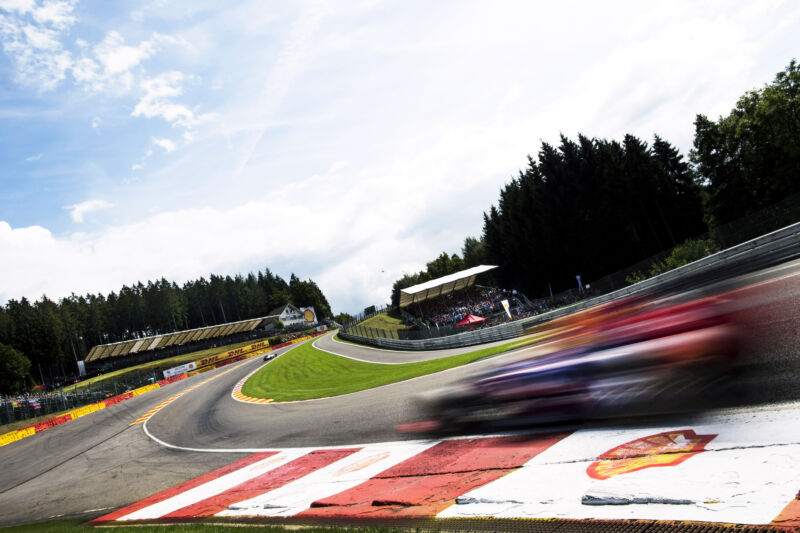
Darren Heath/Getty Images
F1 is set to undergo another of its periodic technical rule changes in 2026, undertaken every few years in an effort to keep the racing safe and at least somewhat relevant. The sport is adopting carbon-neutral synthetic fuels and switching to a simplified, if far more powerful, hybrid system, powering cars with much less drag. But early simulation tests have been alarming, with cars that were at times “undriveable,” according to a report in Motorsport.
The FIA, which is in charge of F1’s rules and regulations, wants cars that can race each other closely and entertain an audience, so expect the 2026 cars to generate less aerodynamic downforce, since that is often conducive to processional racing.
Reducing drag is a bigger priority to the FIA, especially since the new hybrid system, which still regenerates energy under braking but no longer also from the engine’s turbocharger, won’t have the energy sufficient to aid the car’s combustion engine throughout the entire lap.
The solution is to evolve the feature currently known as the Drag Reduction System, which has been required on cars since 2011. DRS lowers an element of the rear wing on command, cutting drag to the car. But instead of using it to make overtaking a bit easier, as is the case now, the idea is for the cars to have a low-drag configuration along the straights, then have the front and rear wings pop up into a high downforce configuration for cornering.
But according to Motorsport, when the cars are in their lowest-drag configuration, they become “almost undriveable—with multiple examples of drivers spinning on straights under acceleration or being unable to take the smallest of curves without the rear stepping out.”
The culprit is a huge shift in the car’s center of pressure, which the FIA says is as much as three times greater than the current change in balance when a driver deploys their DRS. There is a solution, though—active front wings to go with the active rear wings, which move in concert to maintain the same balance on the car even as it switches from high downforce to low drag.
Some of you may be asking why, if F1 is supposedly the pinnacle of motorsport, it hasn’t had active front wings all along. But the sport has had a long-held prohibition on active aerodynamic devices—which it even extended to mass dampers—since 1969 (other than when specified by the rules, like DRS, obviously), following a series of crashes shortly after F1 discovered downforce.

